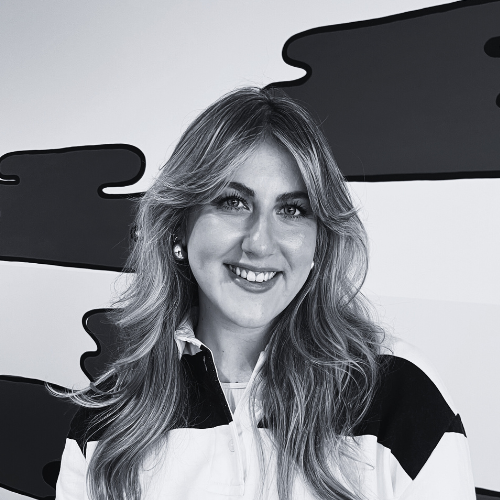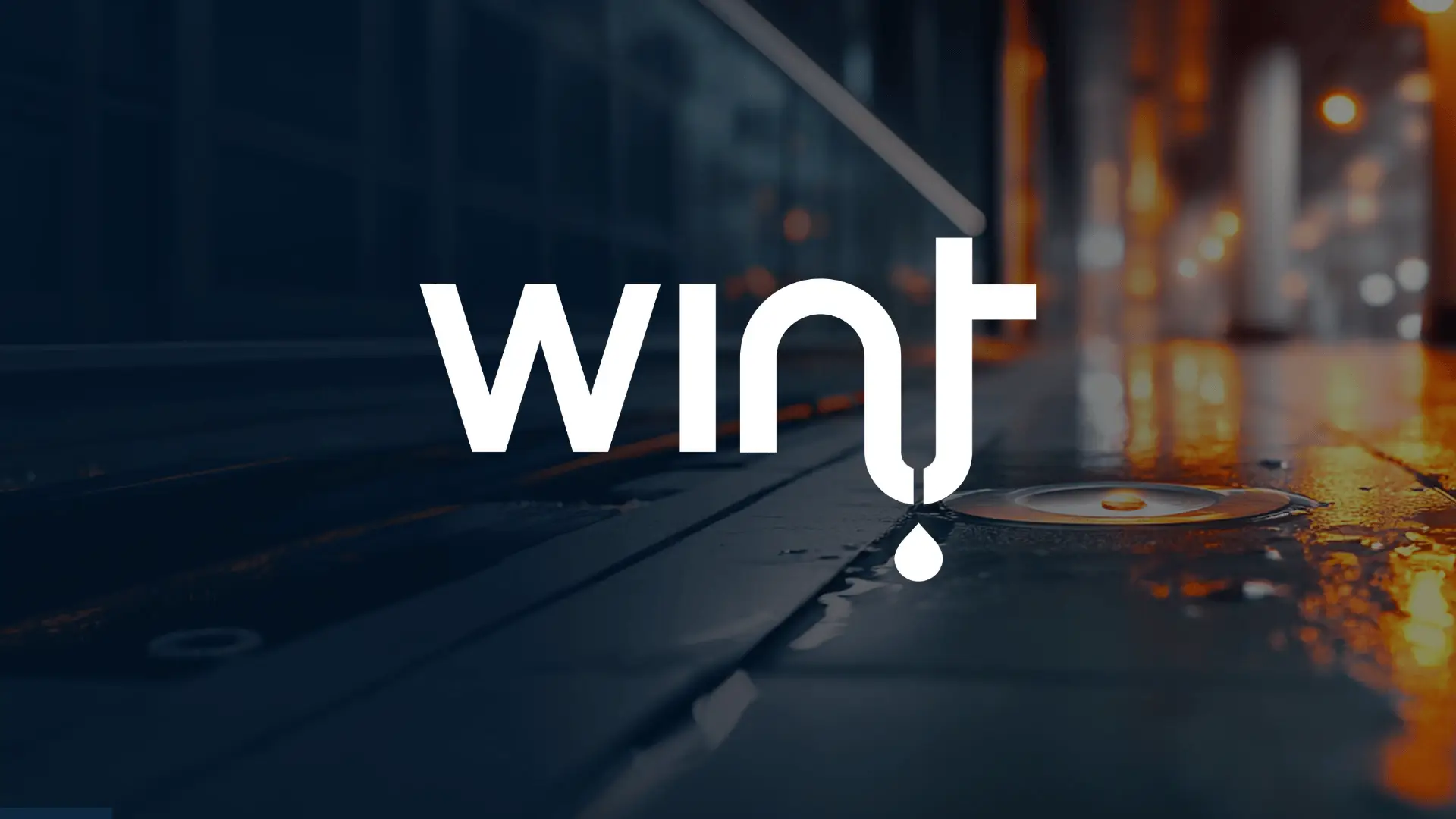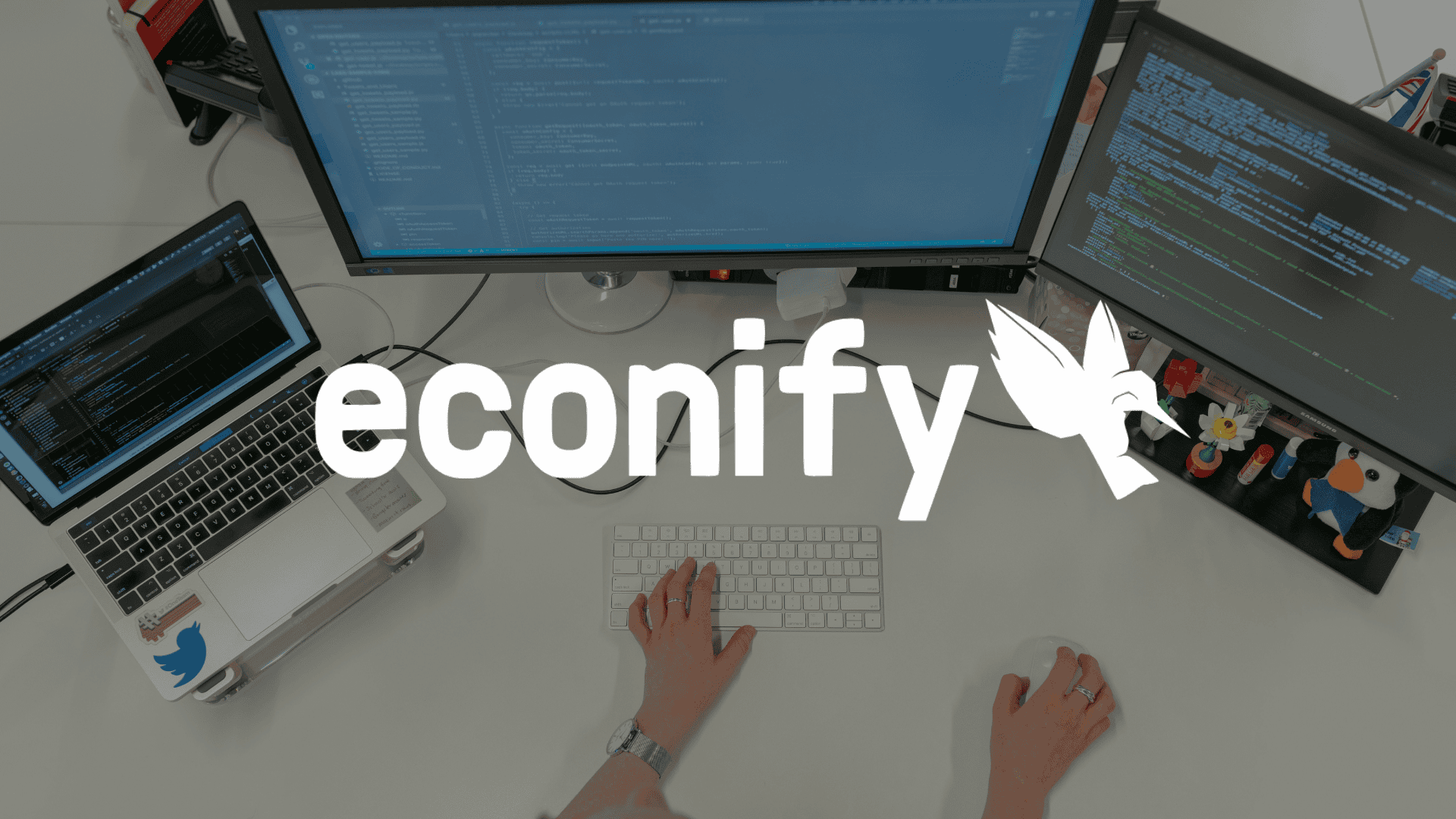Scaling Stories: 8 Lessons from the Founders & CEOs of Beamery, GoHenry and Octopus Ventures
19 Jun, 202512-13 minsScaling a business is never a straight path. It’s a series of bold bets, tough calls, and pi...

Scaling a business is never a straight path. It’s a series of bold bets, tough calls, and pivotal turning points, and yet, no matter the company, every founder faces the same burning questions:
- When’s the right time to scale?
- How do you build the team that will take you there?
- What risks are worth taking – and which ones aren’t?
It was these questions that inspired us to team up with Boardwave and bring together Scaling Stories – an intimate, sold-out morning with 50 tech founders and leaders, all eager to hear the truth behind the headlines.
With our own Founder and CEO, Melina Jacovou, chairing the conversation, we welcomed three exceptional leaders who’ve scaled businesses from early-stage chaos to industry-defining success:
- Abakar Saidov, Co-Founder and CEO of Beamery – the AI-powered talent-tech unicorn.
- Louise Hill, Co-Founder and CEO of GoHenry – the FinTech trailblazer teaching financial literacy from age six.
- Erin Platts, CEO of Octopus Ventures – one of Europe’s most influential voices in early-stage investment.
Together, they pulled back the curtain on what it really takes to scale, from the bets that paid off to the mistakes that nearly broke them. They shared the hires that changed everything, the leadership lessons they wish they’d known earlier, and the very human side of hypergrowth that often gets glossed over.
But what made the morning truly special wasn’t just the insights; it was the honesty. No pitch decks and no polish, just real talk about the grit, doubt, and courage that scaling demands.
Many of our guests left with fresh ideas, valuable connections, and a few note-to-self moments. But we know not everyone could be in the room, and this was too good not to share, so settle in while we take you behind the scenes of Scaling Stories…
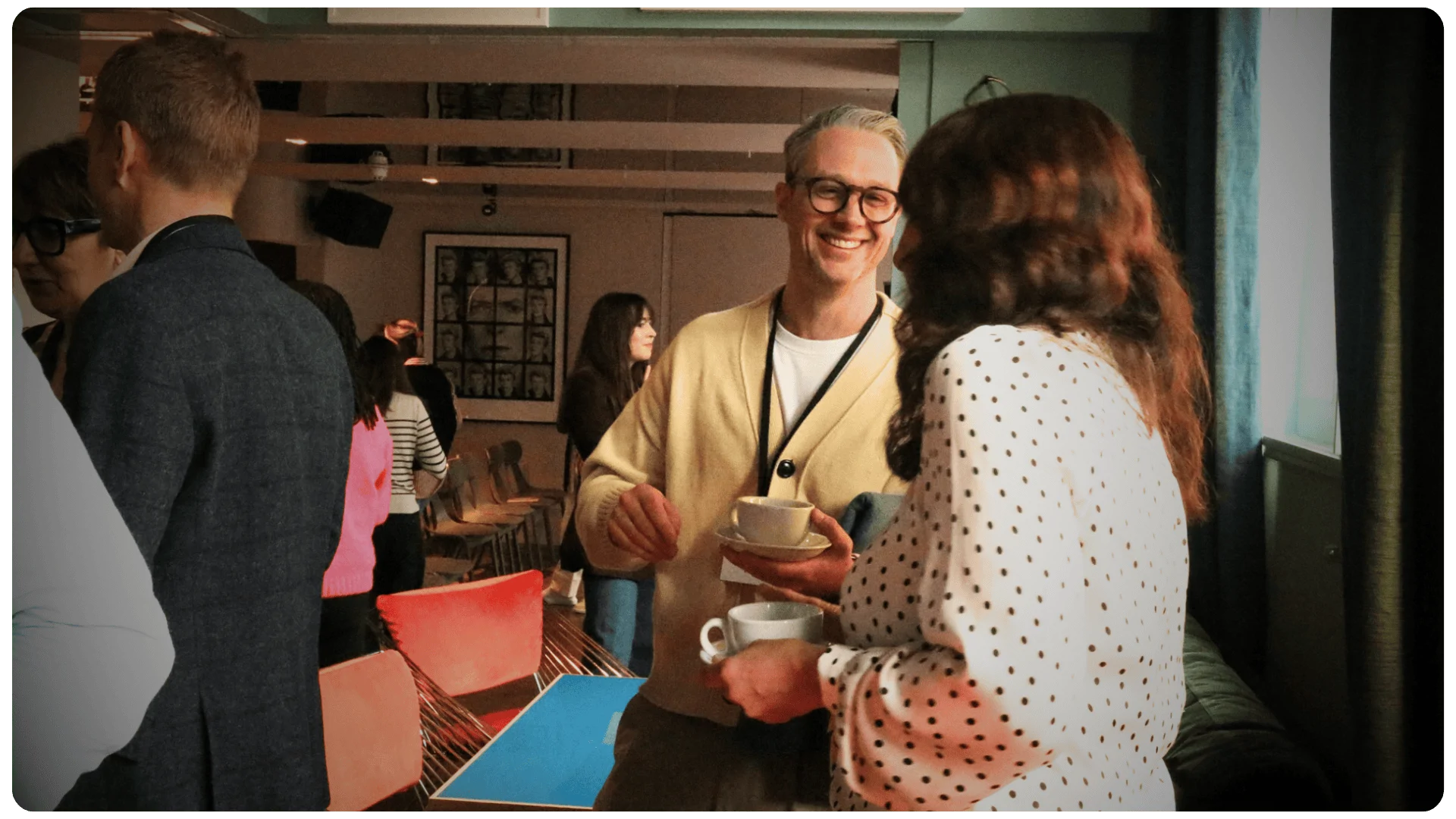
1. Think About Scale from Day One – Even If It Feels Premature
Scaling doesn’t happen by accident. That was one of the first truths we heard from Louise. Her story is a powerful reminder that success and scale aren’t the same thing. In fact, without the right foundations, one can easily block the other.
Before co-founding GoHenry, Louise had bootstrapped an e-commerce business to £5 million in revenue without external funding. But under the surface, she was stuck – too little cash to step back, too much to let go, and no infrastructure to carry the business forward without herself or her co-founder.
“I swore to myself, if I ever go again, I’m going to think about scale from day one,” she said. “Building infrastructure takes time and takes you away from growth. It sucks your energy.”
It’s a lesson that resonates with so many founders: if scale is your end goal, you need to design for it from the outset. Trying to retrofit systems, processes, or leadership mid-growth doesn’t just slow you down; it can stall momentum when it matters most.
For Erin, scale came in a different shape. Her early years building Silicon Valley Bank in the UK weren’t about rapid expansion; they were about planting seeds while the market matured. With a background in US banking and a clear-eyed view of what ‘great’ could look like, she approached scaling as a slow burn rather than a sprint by focusing on building trust, partnerships, and a foundation fit for the long haul.
“It was really a greenfield opportunity,” she shared. “We just rode the tide, and I sort of knew the playbook and knew what success looked like.”
Erin’s story just goes to show that sometimes, scaling isn’t about speed but about staying ready. Patience, perspective, and quiet groundwork can be just as powerful as bold moves, because when the moment to grow arrives, you won’t have time to prepare; you’ll need to already be there.
2. Scaling Happens One Hard-Won Milestone at a Time
Abakar didn’t wake up one day and decide to build a unicorn. In fact, that was never the goal. What drove Beamery’s ascent wasn’t a grand vision of a billion-dollar valuation; it was something far more grounded – a relentless focus on progress, one milestone at a time.
“You never assume you’re right,” he told us. “You never sit there and go, ‘Oh, this is going to be enormous.’ You just break it down into bite-size chunks: $1 million in revenue, then $10 million, then $20… and once you get there, you’re already thinking about what’s next.”
This mindset – pragmatic, focused, always moving – is what carried Beamery forward. Growth didn’t come in viral moments. It came through momentum, repetition and precision.
Even now, with Beamery firmly in unicorn territory, its story isn’t one of overnight success. It’s a masterclass in building patiently and deliberately – one scalable system, one process, one customer at a time.
“There is no hockey stick,” Abakar said plainly. “You build the product, and nobody comes. You have to create the sales organisation, the go-to-market engine, all of it.”
Today, Beamery’s structure reflects that careful design. The team is still over 50% engineers. For every one salesperson, there are four others focused on client engagement and customer success. That operational backbone has translated into an 87% gross margin, long-term contracts, and real enterprise value.
The point is, it wasn’t just product innovation that got them to unicorn status. It took patience to build what no one sees, consistency to do the work no one celebrates, and the discipline to do it right – over and over again.
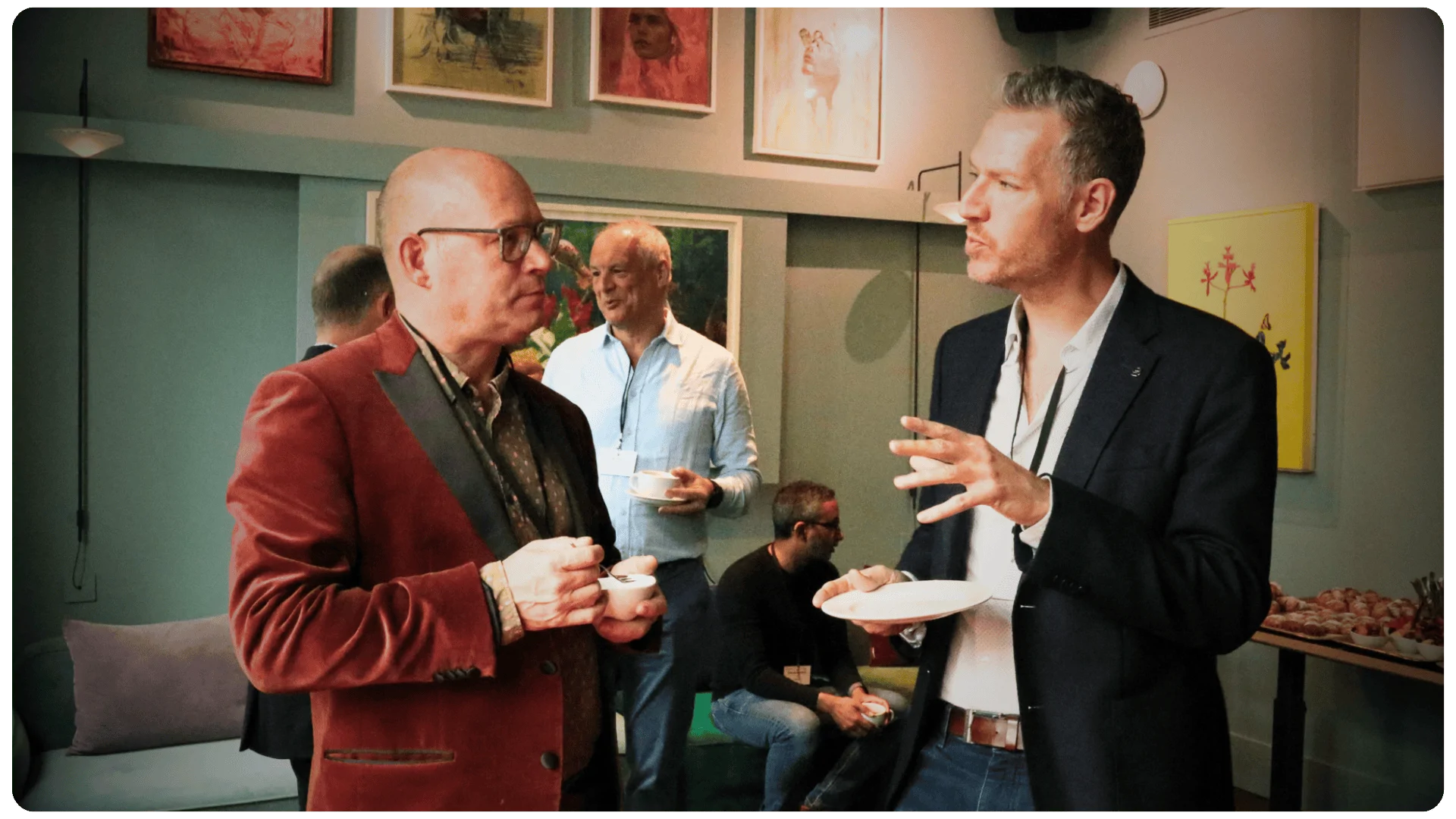
3. To Lead Better, Founders Have to Let Go
For Abakar, leading Beamery wasn’t about power or ego; it was about responsibility. He’s the first to admit that many founders don’t step into the CEO role because they’re built for it – they do it because someone has to.
“There was definitely a period where I thought, ‘Maybe I should go to something else and let someone else run the company,’” he said. “But nobody was going to care like I did. I just didn’t trust anyone enough.”
Every founder feels that tension between staying close and stepping back at some point. That’s because scaling isn’t just a business challenge but also a personal one. The truth is, no one evolves into a perfect CEO overnight. It takes time, reflection, and the willingness to keep checking in, but the emotional weight of that evolution isn’t talked about enough.
For Louise, that evolution became a habit. Every six months, she’d pause, reassess, and ask: Are the team, the processes, and her own leadership aligned with what the business needs?
“A lot of this realisation comes after the process,” she shared. “Every six months, I had to step back and reassess what the business needed for the next six months. It was different every time.”
The reality is, leadership isn’t static. The demands change, the team changes, the stakes change, and you have to keep pace. That includes knowing when to let go, not just of tasks, but of control.
Early on at GoHenry, Louise realised that too much of the company relied on a single person – her. Critical information and processes lived in her head, creating bottlenecks that could risk growth. So she launched what she called a ‘single points of failure’ campaign.
“My name was in it a huge amount of times,” she said. “We identified other points in the business where there was only one person who knew how to do something critical.”
It was a clear signal: no matter how capable, no single person should be a business’s safety net. This led to a proactive approach to risk management – distributing knowledge, building systems, and sharing responsibility across the team.
There comes a point when every founder has to learn to let go – not just for their own growth but for the business’s future. Building a resilient company means building for continuity, not just momentum.
4. At Early-Stage, It’s All About The Founder
When Erin looks at Pre-Seed and Seed opportunities, her focus sharpens on one thing above all else: the founding team. At this fragile beginning – before the product has found its footing and before revenue flows – it’s not the numbers that speak the loudest. It’s the people behind the vision.
She explains, “At this stage, you really are just looking at the team. Why are they doing this? Have they got the resilience to go on a 15–20-year journey? Are they able to attract world-class talent? Do they have the humility to surround themselves with people who are hopefully better than them?”
For Erin, the standout founders aren’t just ambitious – they’re deeply self-aware. They carry a quiet resilience that’s forged through trials and setbacks, a clarity of purpose that keeps them steady when the road gets rough. It’s this blend of humility and unshakeable motivation that lays the foundation for something truly lasting.
While markets shift and technologies change, the heart of a startup – the people who build it – remains the constant. That, Erin believes, is where early-stage success begins.
demonstrate humility, deep-rooted motivation, and clarity of purpose. It’s not just about ambition, it’s about self-awareness, long-term resilience, and the ability to build and lead an exceptional team. The market may evolve, but the people are constant.

5. The Best Investors Show Up in the Tough Times
Founders dream of investors who see their vision and champion it wholeheartedly. But sometimes, Louise admitted, “you just need the money” to keep you going.
The reality of running a startup is that ideal investor-founder alignment isn’t always possible, especially when survival is at stake. Still, when the choice is there, trust and shared values become everything.
Louise explains, “What you look for in your funding partners is someone who believes in what you’re trying to do and shares that belief in where you’re trying to go. Hugely supportive investors really, really matter for whatever you’re trying to achieve.”
Abakar takes this a step further, offering a sharp lens for due diligence: backchannel with other founders in the investor’s portfolio, especially the ones who aren’t thriving.
“When things are going well, every VC is great,” he says. “But how will they act when they have pressure in their business, and how do they translate that to you?”
For him, the right investor is more than a chequebook. They’re a steady hand in the storm, a calm voice when doubt creeps in, a reassuring presence in a crisis, and a true thought partner who shows up with experience and support exactly when it’s needed most.
In startup life, the real value of an investor isn’t just in their money. It’s in their loyalty when times get tough.
6. Scaling Fast Without Losing Yourself
Growth is thrilling – but it’s not the goal in itself.
Abakar learnt early that chasing top-line numbers can come at a cost. “The extra percentage growth number isn’t as important as building your business,” he said.
After a big raise, the pressure to scale fast and visibly can feel relentless. Investors want momentum, headlines, and the next markup, but true discipline is knowing when to pause, when to hold the line, and when to protect the integrity of what you’re building.
For Louise, staying grounded meant putting culture first, even in the hiring rush that comes with rapid scaling. At GoHenry, every candidate goes through what she calls a ‘culture screen’ before even reaching the team they applied to.
“If anybody applies for a job with us,” she explained, “the first thing that happens is somebody who’s not from the team you’re applying to has a 15-minute call with you.”
This helps spot whether the person genuinely connects with GoHenry’s mission, or whether they’re just chasing their next gig. Louise admitted that when the screen gets ignored, mis-hires happen. The warning signs were there, but in the race to grow, they sometimes got overlooked.
And that’s the crafty thing about scale: it tests your foundations, values, culture and mission. When speed picks up, cracks widen.
Erin summed it up with a clear guiding principle: “What’s your North Star?”.
Because scaling isn’t just about how fast you can move; it’s about remembering why you started. Mistakes are inevitable, but if you stay anchored to your purpose, the people you serve, and the problem you set out to solve, you’ll keep your direction – and yourself – intact.
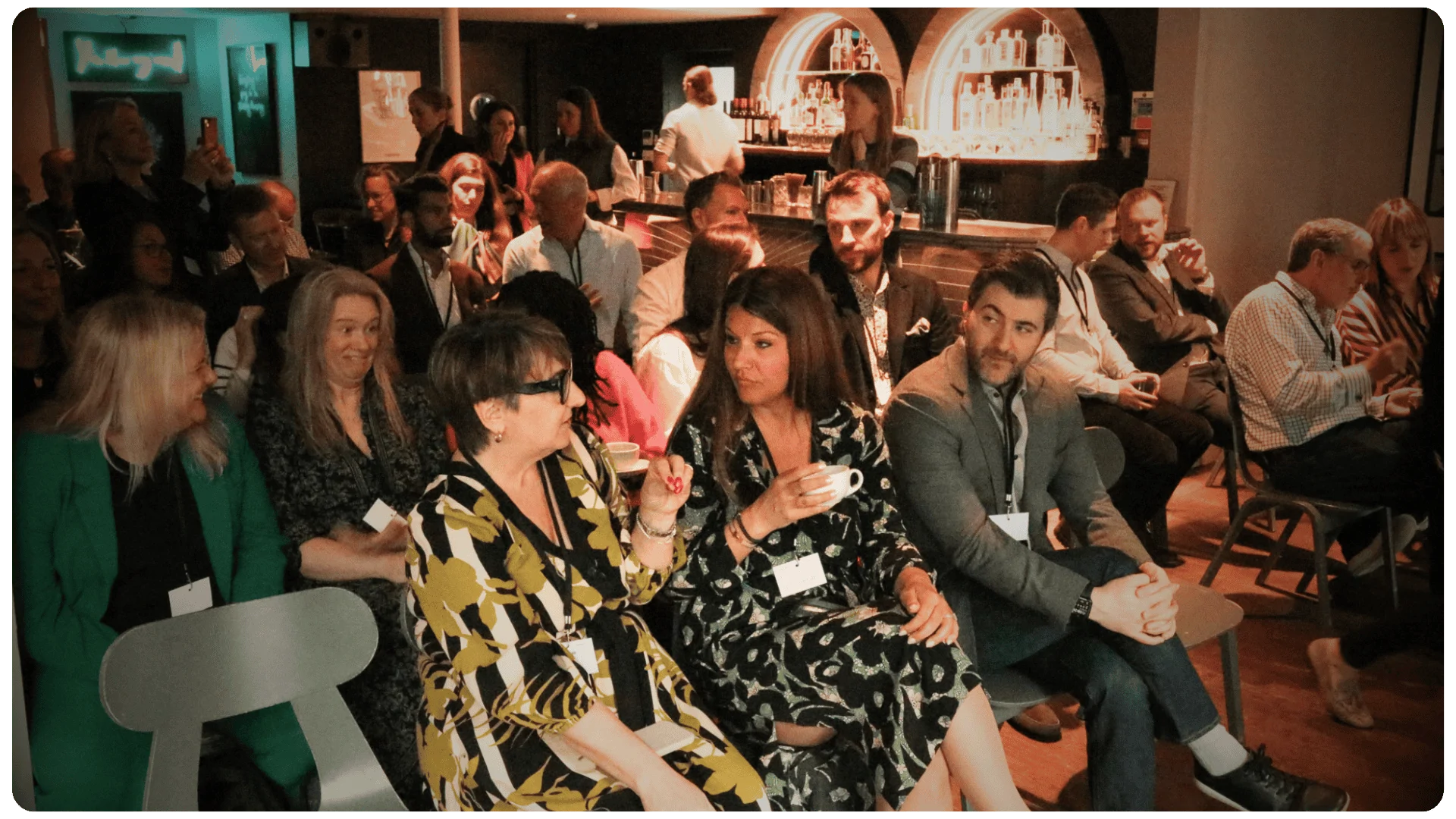
7. The Founder’s Job Isn’t to Hire – It’s to Inspire
It’s easy to believe you’re good at hiring, especially when you’ve built something from scratch. But as Abakar put it bluntly: “So many people think they’re good at hiring… and nearly all of them are wrong.”
He pointed to a decade-long Google study that revealed what many don’t want to admit: there’s no consistent formula for getting it right, and even the best founders fall into the same trap.
“You think you’re good at hiring because you’re good at conversations,” he said. “But being polished doesn’t mean they’re good. They’re just polished.”
Louise agrees, despite having made some of her most impactful hires off gut instinct – a coffee with someone who’d later become GoHenry’s SVP of Operations; a former car dealership manager who grew into the role of Chief People Officer and stayed seven years. They were exceptional hires and key to GoHenry’s growth, but even Louise says, “That was luck, not skill.”
The truth is, the founder’s real edge isn’t necessarily in assessing talent. It’s in attracting it.
Abakar put it clearly: “The job of a founder, especially early on, is not assessing skills. It’s convincing incredible people you have no business hiring to come work with you.”
And that’s no small feat. “You have to be completely insane if you’re very, very good and have a high-paying job to go and join a completely risky company at an early stage,” he added.
That’s where founders shine – in selling the mission and inspiring belief. But when it comes to actually evaluating whether someone can do the job? That’s often where they need help.
As a founder, knowing when to step back is a strength. Whether it’s leaning on your CTO to assess technical hires, or building structured frameworks that reduce bias and gut feelings, the best founders learn to separate charisma from capability – and make room for expertise beyond their own.
But even with the right systems, mis-hires happen. What matters most is how you respond.
“It’s okay to make mistakes,” Abakar said. “Just fix them fast.” Too often, a bad fit lingers – not because it’s working but because someone wants it to. “Within two months, you know whether this person is one of the best you’ve hired, but they’re still there a year later because the hiring manager wants them to succeed.”
At GoHenry, Louise pointed to the culture screen as a useful early warning. When it flagged a mismatch and the team moved ahead anyway, mis-hires followed. So remember: you can’t ignore what the process is telling you.
The cost of a bad hire is high, but dragging it out costs even more. The quicker you can be honest, the quicker you can course correct. Great hiring isn’t just about spotting the right people; it’s about having the clarity and courage to act when you don’t.
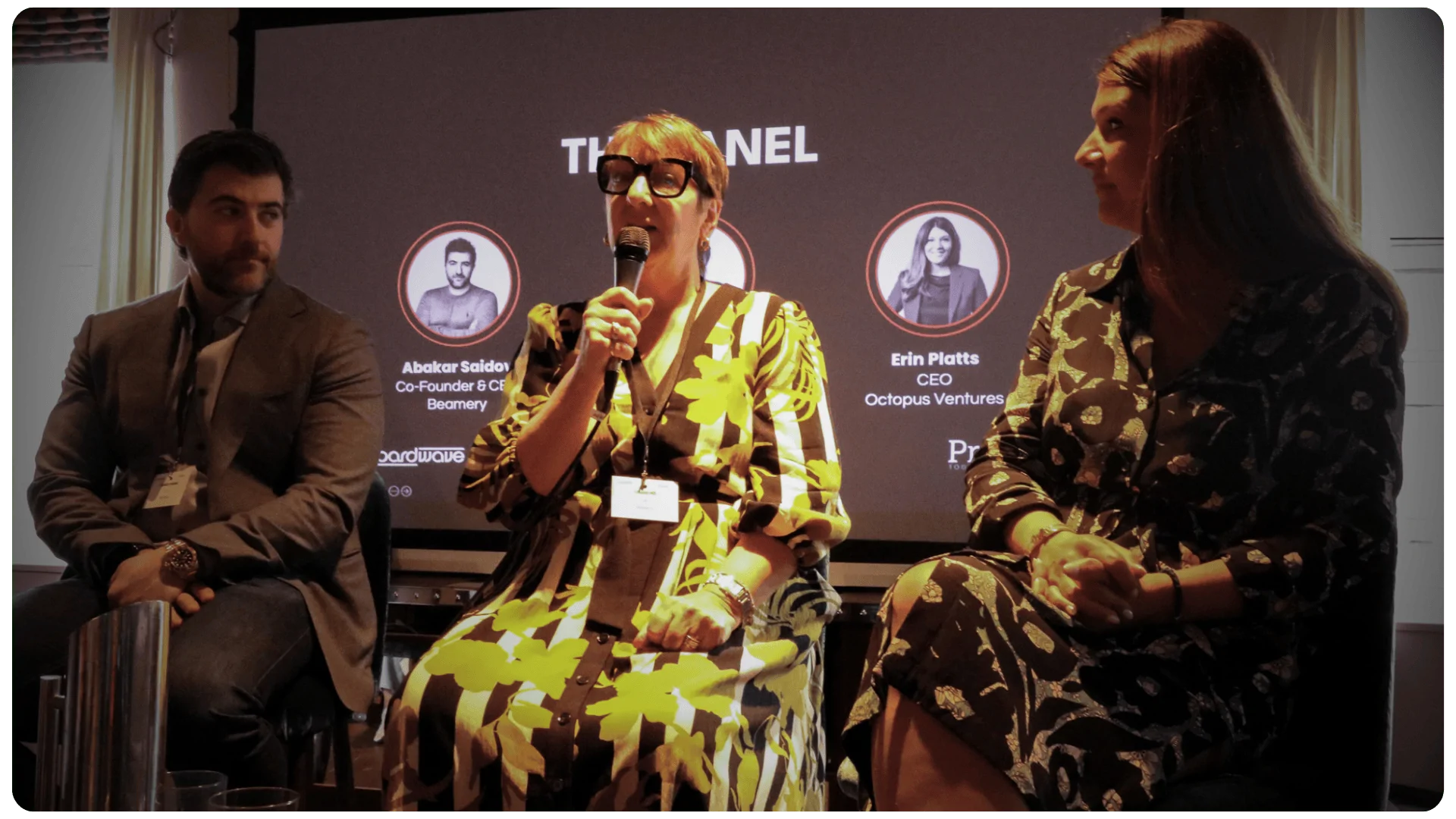
8. Scaling Is a Rush – Until It Isn’t
In the early stages, growth feels electric. At around 10 to 50 people, Louise remembered the excitement crackling through every part of the business. Teams were forming, roles were becoming clearer, and everything was beginning to click. “Instead of everybody doing everything, we were building specialisms and real teams,” she remembers. It was that golden moment where energy, creativity, and momentum aligned.
But that golden phase didn’t last forever. As the business raced from 100 to 200 people, something shifted. Suddenly, things that once happened naturally required process. New leaders had to be brought in, and culture, once instinctive, now needed deliberate effort. “It happened so quickly that it felt out of control,” Louise admitted. The fear wasn’t just about operational missteps – it was deeper. “In my head, if we got the team wrong, we were never going to succeed.”
Abakar never pinpointed a headcount. For him, the hardest moments weren’t tied to number but to a recurring emotional cycle. “Being a founder is like a sine wave. One month you feel like, ‘I’ve got this,’ and the next, you’re totally lost.”
To stay centred amidst the constant swing between clarity and confusion, confidence and doubt, he resets every quarter by deleting every internal meeting from his calendar and rebuilding his schedule from scratch. It’s his way of regaining control, avoiding the trap of busyness without purpose, and stripping back to what really matters.
But even the best rituals couldn’t shield him from the chaos of COVID. The company was scaling fast – hiring surged, metrics looked strong, but something felt fragile. “You know you’re making mistakes, but you don’t know which ones,” he said. Then a year later, the signs became clear. What looked like progress had been masking deeper inefficiencies and rushed decisions.
For Erin, the tipping point came later. Moving from 400 to 800 people wasn’t just a growth milestone, it was a full-blown transformation. “We just lost so much efficiency and pace,” she said.
“You have to change the entire operating system every 150 people,” she explained. And not just tools and processes, but the entire way the team works, thinks, and moves together. For founders used to having a hand in everything, it’s a brutal but necessary shift. “You can’t scale if everything runs through you, but letting go is hard.”
The most exhilarating stages of growth can quickly give way to the most disorienting. What once felt like lift-off can start to feel like free-fall. The challenge isn’t just keeping up, it’s staying grounded, straying clear and knowing when it’s time to change the way you lead. Growth isn’t only about speed – it’s about knowing when to slow down, rebuild and make sure you’re scaling something that lasts.
Want to hear more from founders scaling in tech? Follow The Stack for insights, stories, and expert advice.
And if you’re ready to scale your team the right way, get in touch with us at enquiries@propellondon.com to see how we can support your growth.
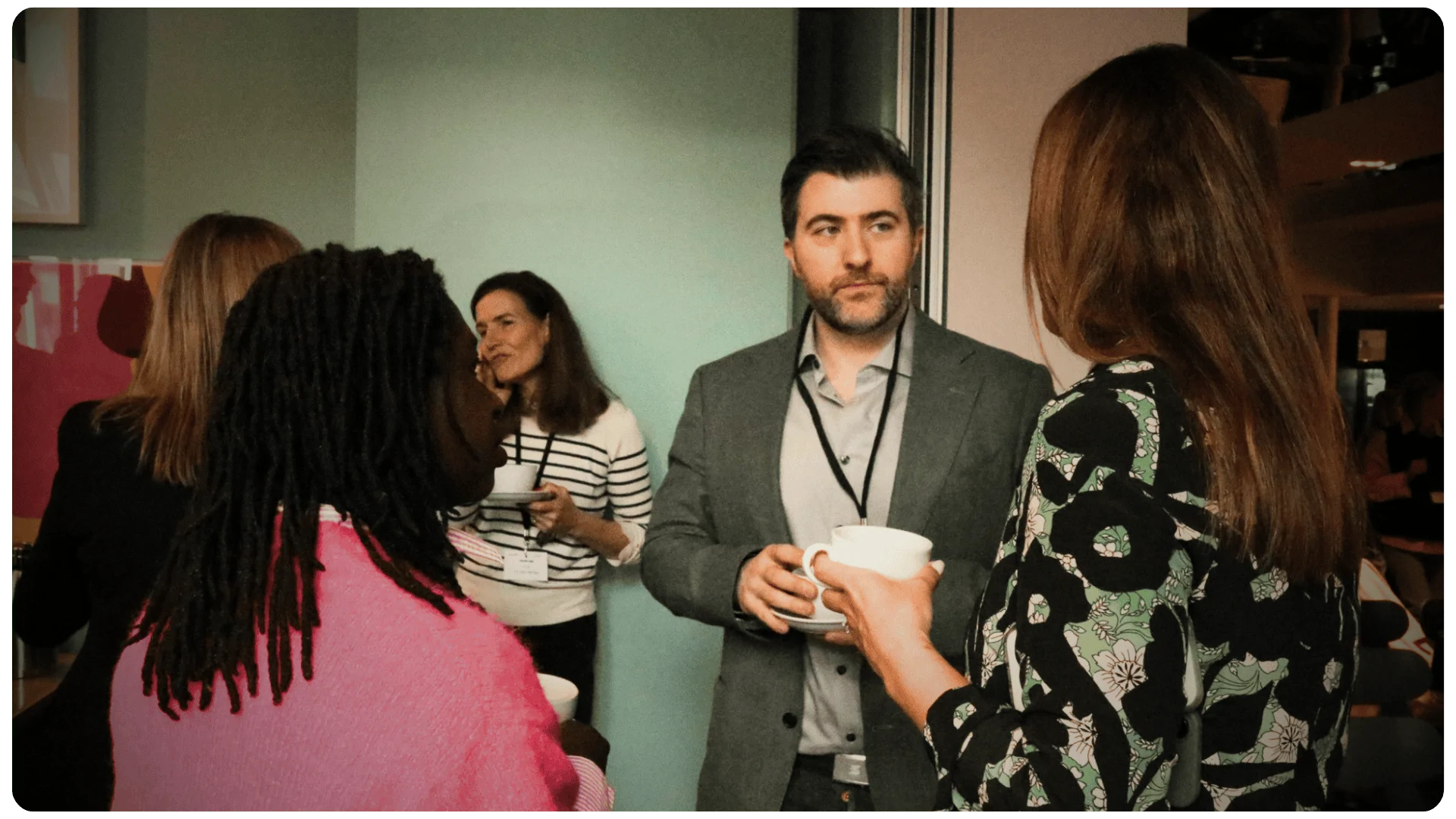
The bottom line
Hiring contractors shouldn’t create more work. With Propel, you get flexible, on-demand talent while we manage the admin behind the scenes so you can stay focused on what you do best while we take care of the rest – onboarding, contracts, compliance, and payments.
Your contractors get paid on time. You get one invoice.
Curious how we can help your team scale?
